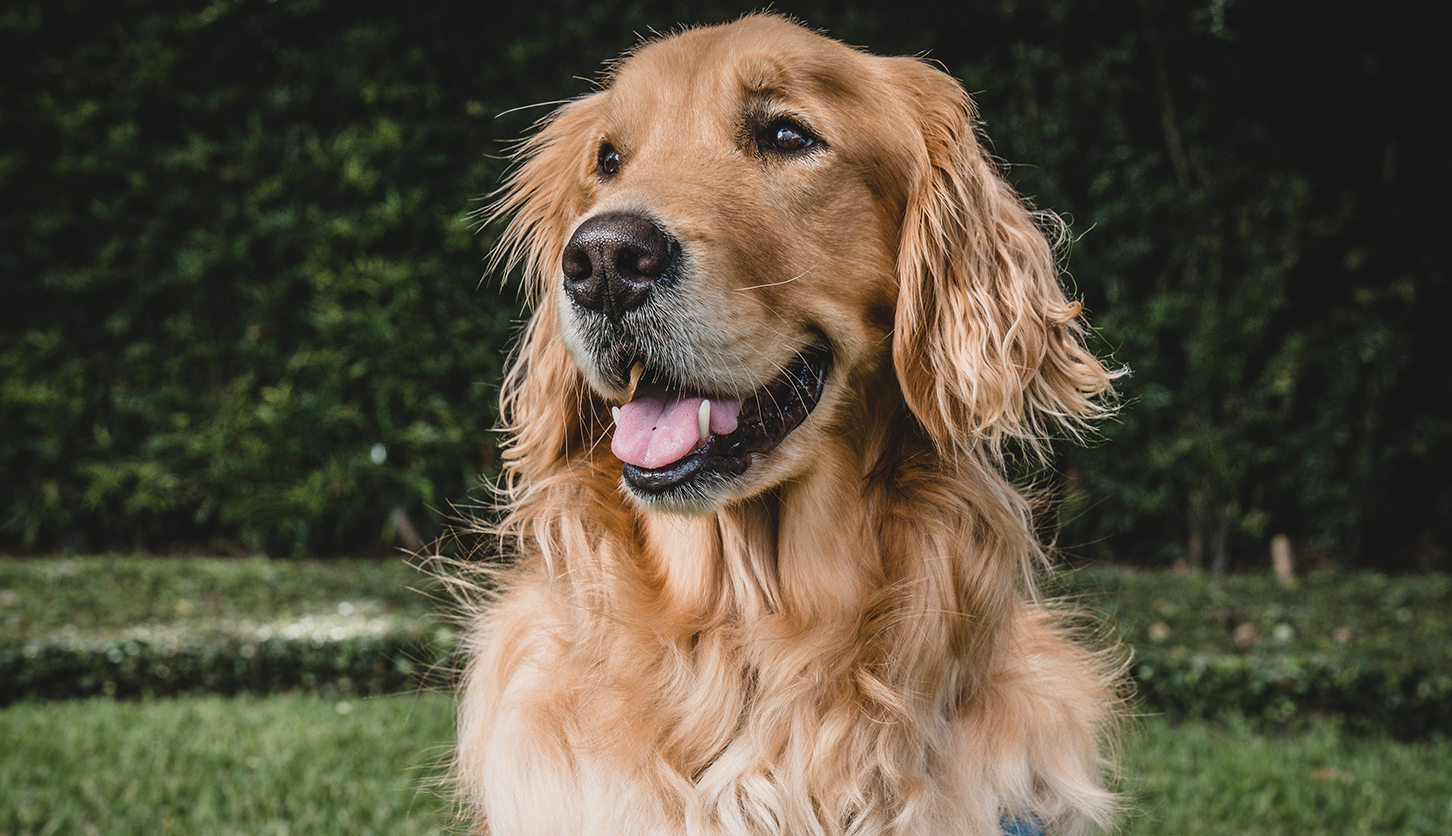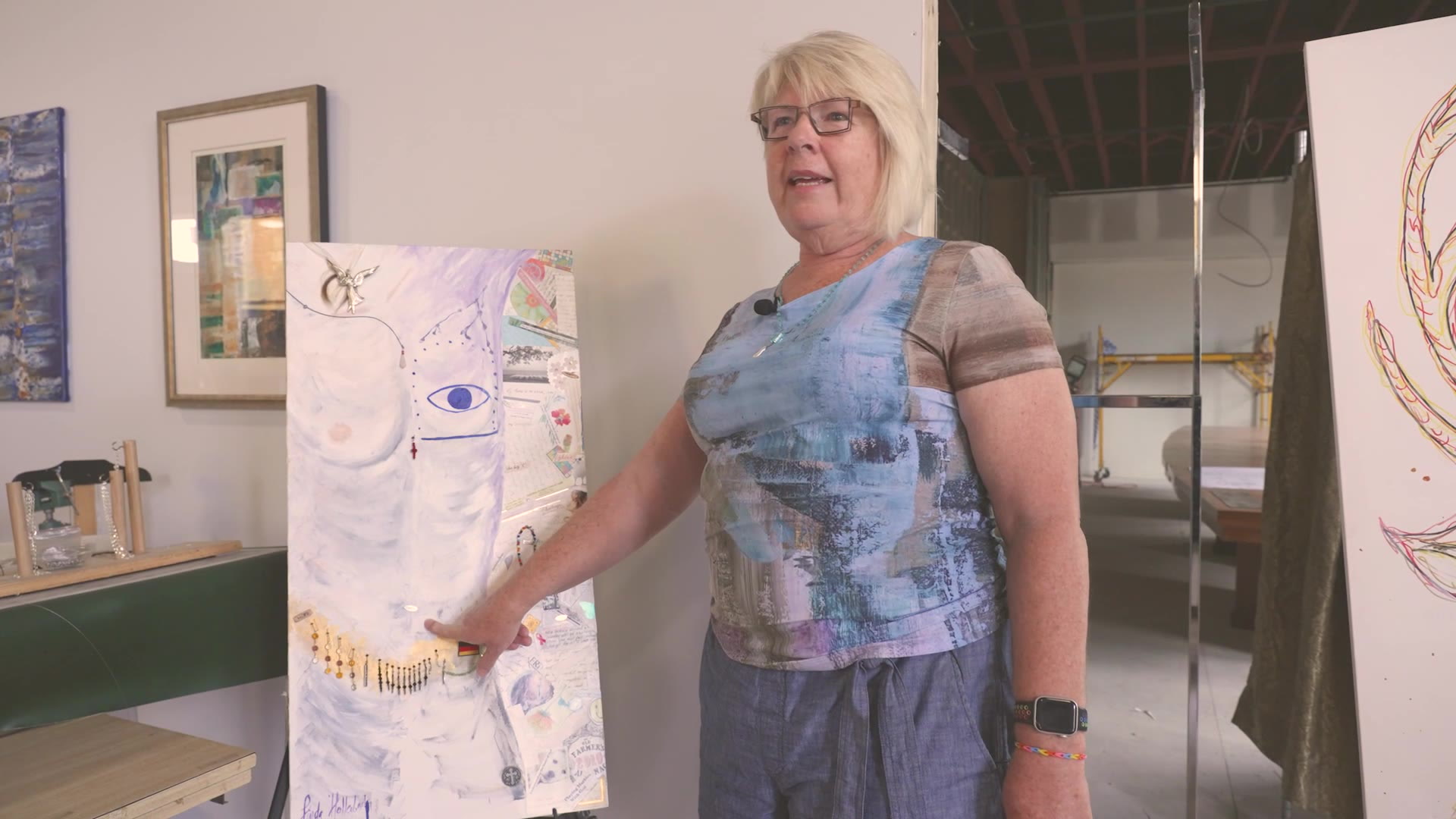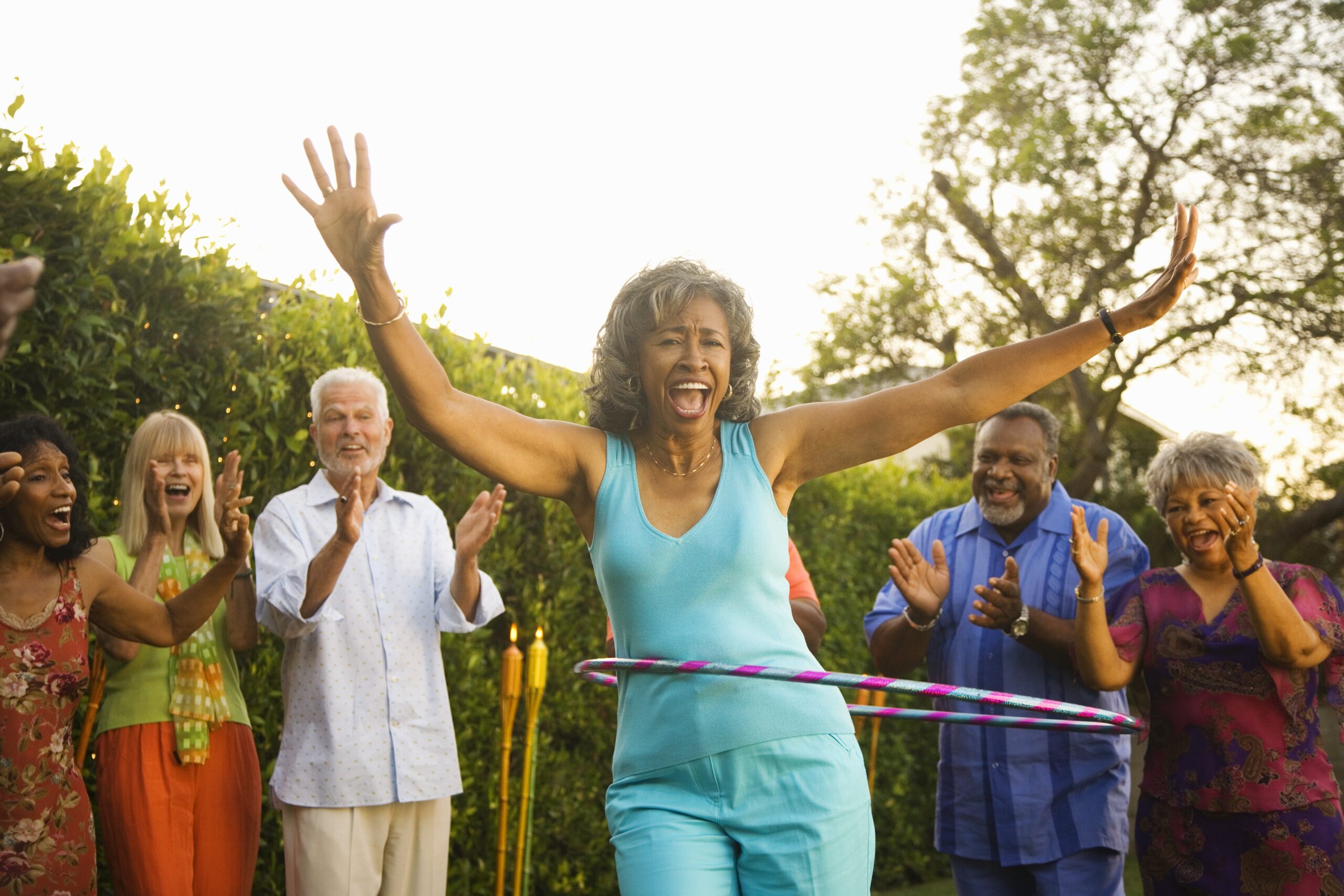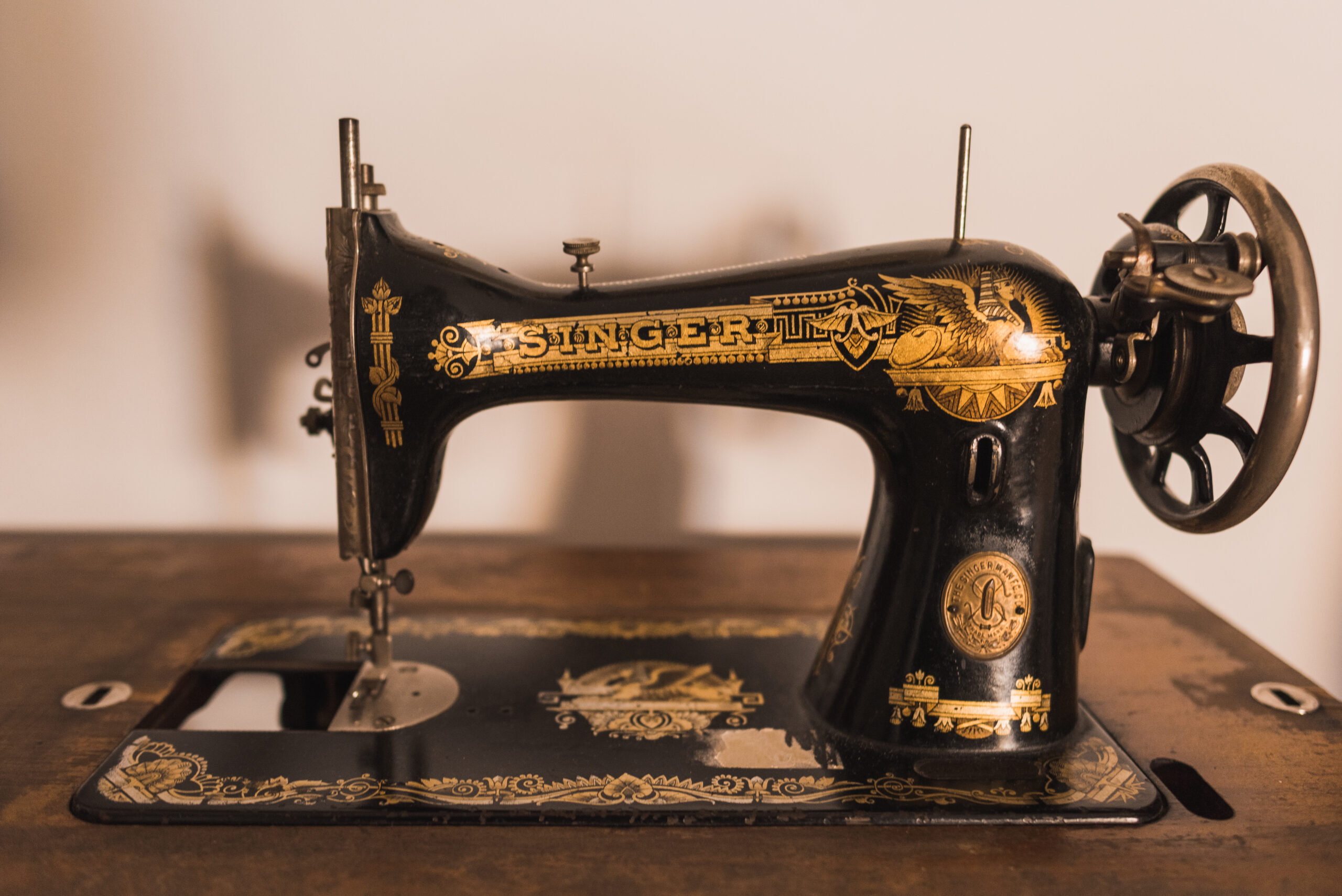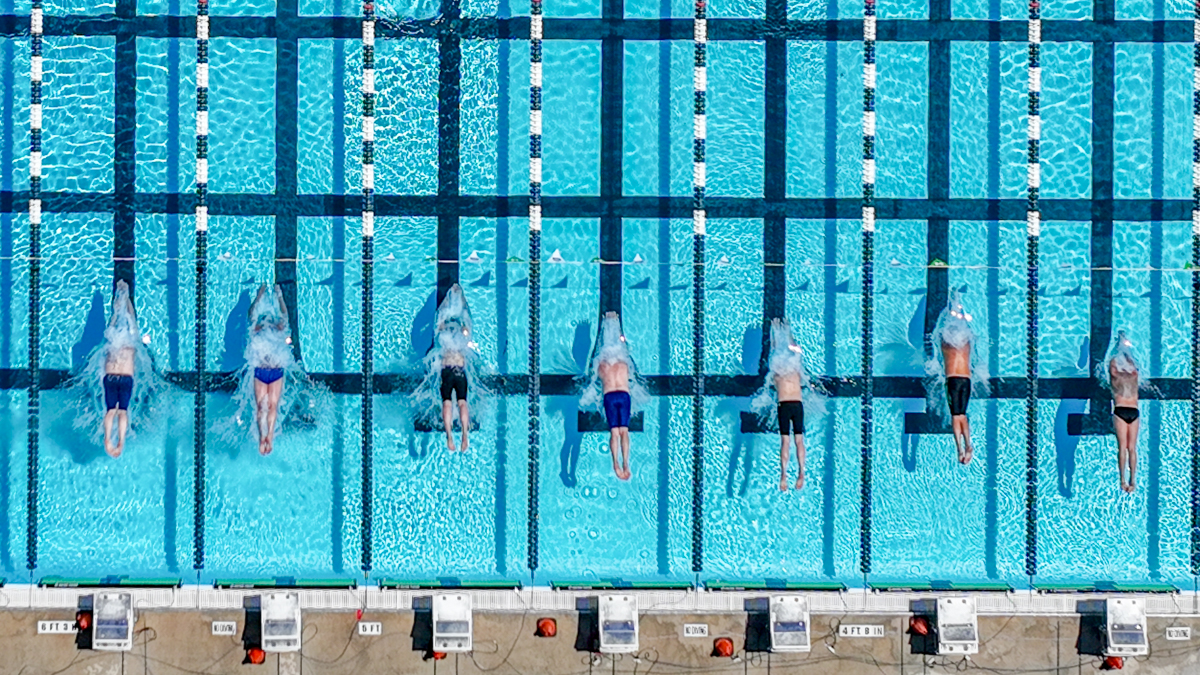Last Updated on February 13, 2025
Photo by Mike Dunn for Growing Bolder
How Canine Companions Bring Connection and Companionship
It was August of 2017. Gordon and Lindy Kirkland owned a successful business in Orlando, FL, thriving in its third decade of operation. Gordon played racquetball often and well, with six national titles to his name. Life was good. Then Gordon had a stroke, and life was suddenly very, very different.
The couple eventually made the tough decision to close the business, saying goodbye to over 100 employees, losing not just a firm financial foundation but a big part of their identity as well. Gone also was Gordon’s racquetball community, along with the physical activity and social connection it provided. They were surrounded by love from friends and family, but also felt isolated at times as they tried to find their way and move forward.
“It just totally changed the trajectory of our lives,” Lindy said. “We spent the first couple of years just doing intense occupational, physical and speech therapy, thinking that was the road to recovery.
“It’s an interesting process when something that dramatic happens. It’s not something you plan for, it’s not something you ever think through of, ‘What can I do if this happens?’ And at first you just literally get up and just get through the day.”
Once Gordon was able to move out into the world again, even simple things like going out to dinner were different. Walking slowly with a cane, he was swimming against a tide of fast-paced people passing him by, caught up in their own worlds.
“I think when people see Gordon, they don’t see him for everything that he is. And that’s hard,” said Lindy. “You don’t see that he ran a successful business for 30 years, and he’s one of the smartest people I know. They just see someone who’s walking slowly, and he must be compromised in some way. And that’s not the way it is.”
Self-proclaimed “dog people,” the Kirklands owned Labradors in the past. At home much more now, they thought about getting another one. Getting the right dog was a concern. A puppy would be too much work to train, but an older dog might not be as trainable to accommodate Gordon’s lack of mobility. A friend of one of their sons suggested they reach out to Canine Companions. Lindy thought they might be able to get a dog who hadn’t met the training standards, but when she began reading about the requirements for receiving a fully trained dog, she realized Gordon met all of them, and they applied.
One in four Americans live with a disability and it’s the mission of Canine Companions to help. Established in 1975, they are the largest non-profit provider of service dogs in the United States, providing dogs free of charge to assist people with disabilities including multiple sclerosis, cerebral palsy, spinal cord injuries, strokes, hearing loss, development delay and even veterans suffering from post- traumatic stress disorder. They breed Labrador Retrievers, Golden Retrievers and crosses of the two breeds. At about eight weeks old the puppies go to volunteer puppy raisers for a year and a half of socialization and experiential activities to prepare them to assist others. Then they’re off to one of Canine Companions’ six professional training centers for a six-month training program where they learn 45 commands, like retrieving items, opening and closing doors, pulling wheelchairs, interrupting nightmares and anxiety episodes, and more.
It’s also an extensive process for applicants, to ensure the right dog-to-family match. An online application is followed by a phone interview. References are required from a doctor, physical therapist, etc. After that, applicants are invited to a Canine Companions’ campus to work with a dog, to ensure that they can handle a dog and observe how they work with it.
After applicants are approved, they wait for their perfect match. The staff knows the family and the dogs, and all that information is considered. Once two dogs are identified as a potential match, applicants come to a campus location for training.
Less than a year after they applied, the Kirklands met Warrior at the Orlando campus. It was not love at first sight. Just like humans on a first date, animals can get nervous, too.
“We were sitting on a mat on the floor, and he sat literally right at the end, did not pay any attention to us,” said Lindy. “The other dogs in the class were all girls. He was keeping an eye on his girlfriends, and just checking out to make sure they were all okay. So, he totally ignored us. And I’m like, ‘Is he okay?’”
Their second meeting was much different. Warrior was the naturally loving, ear-licking, well-trained dog that soon became a member of the Kirkland family, changing both their home life and Gordon’s experience out in the world.
“Before when we’d go out, people would bump into me or something. It’s like they don’t see you,” said Gordon. “But now that we have him, they’re not worried about me, they love the dog. So, it draws attention. The kids will come up and want to pet the dog. And the parents will say, ‘No, he’s working. You can’t pet him.’ It’s amazing how many people know that. I feel like people notice us now.”
Warrior’s presence not only helps Gordon safely navigate crowded spaces, but he also opens the door for conversation and connections, something that Gordon, social by nature, had lost. At home Warrior is Gordon’s constant companion and therapy partner, as Gordon works on strengthening his weaker arm through games of fetch and tug of war.
Yet, more than any commands he follows or tasks he assists with, Warrior’s most important asset might be his loving personality and the joy he has brought back to the Kirklands.
“I think Warrior loves Gordon, whether Gordon has a great day at therapy or not,” said Lindy. “In times where I would say Gordon doesn’t always love Gordon, because of the change… Warrior looks at him and loves him. And it doesn’t matter. It doesn’t matter what you’ve done or haven’t done.”
“One thing I’ve learned is, I got a new me. You have to learn that, and that’s hard to learn,” Gordon said. “He definitely helps me emotionally. Everybody has bad days, but with me my bad days are tougher than they used to be. So, if I have a tough day, he’ll warm me up. I’ll sit here and watch some program and he’ll sit right beside me, and we’ll just relax. Or I’ll listen to music because that relaxes me, and he’ll come over and lay beside me.”
“We loved both the other dogs but really, they were pets. He’s a lot more than a pet. He’s a blessing.”
This article is featured in the August 2022 issue of The Growing Bolder Digital Digest.


